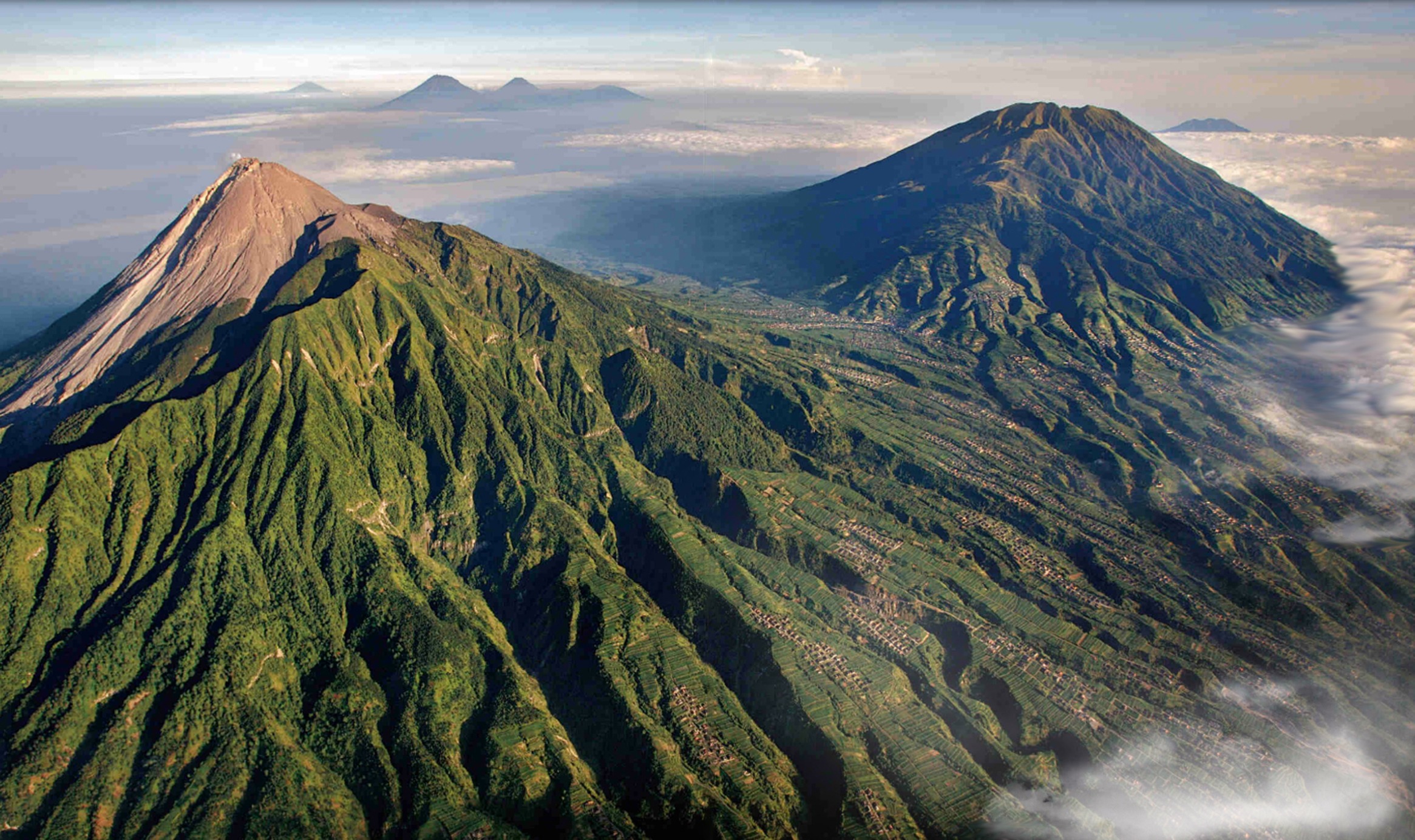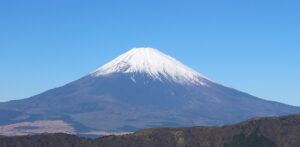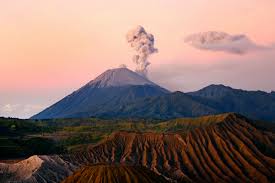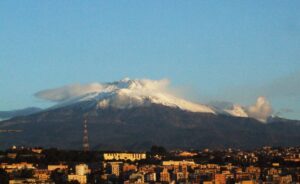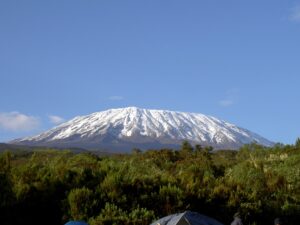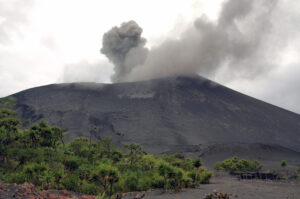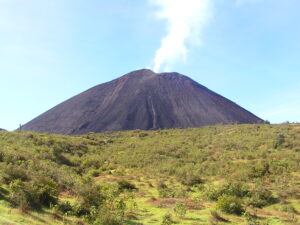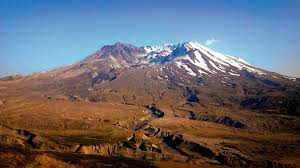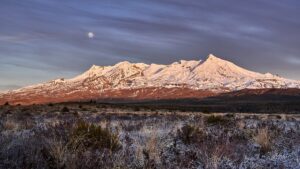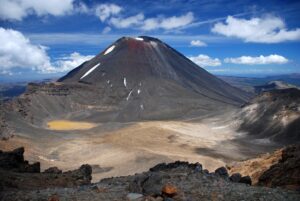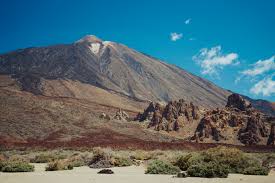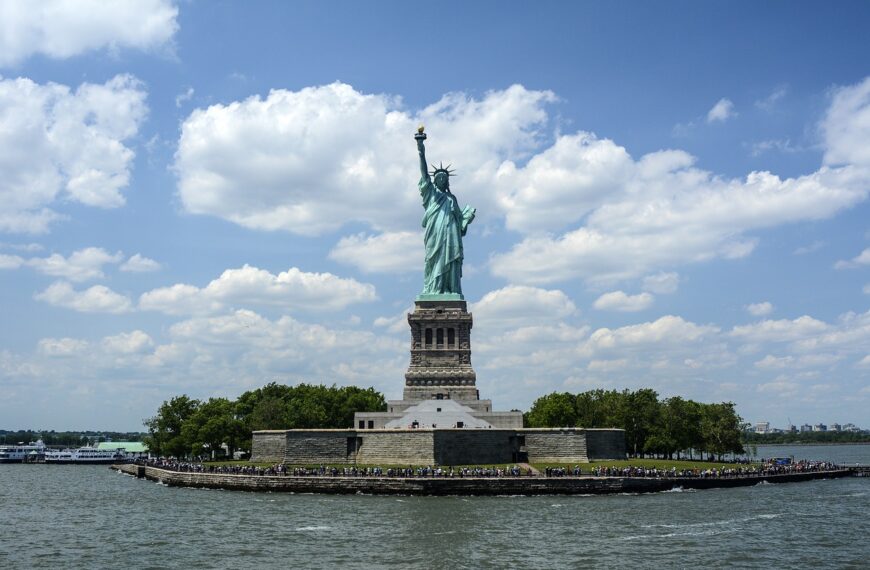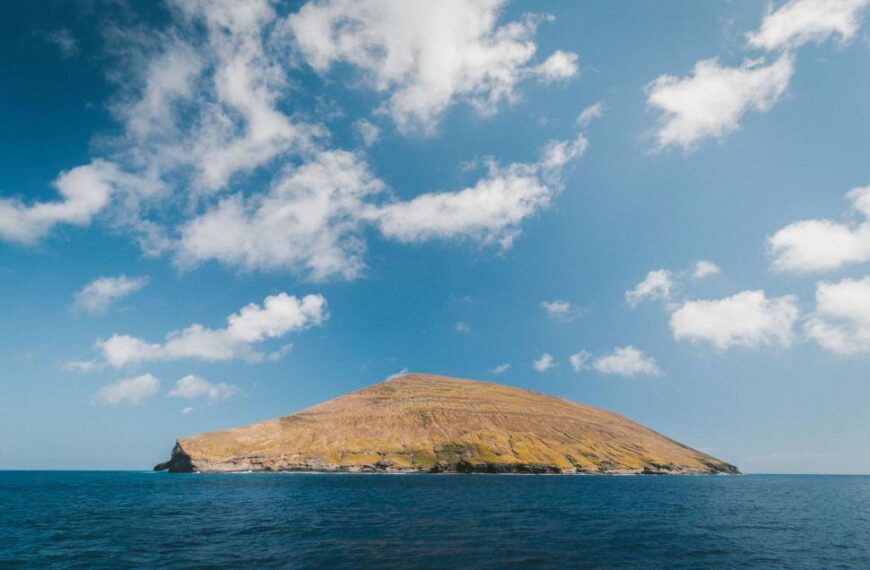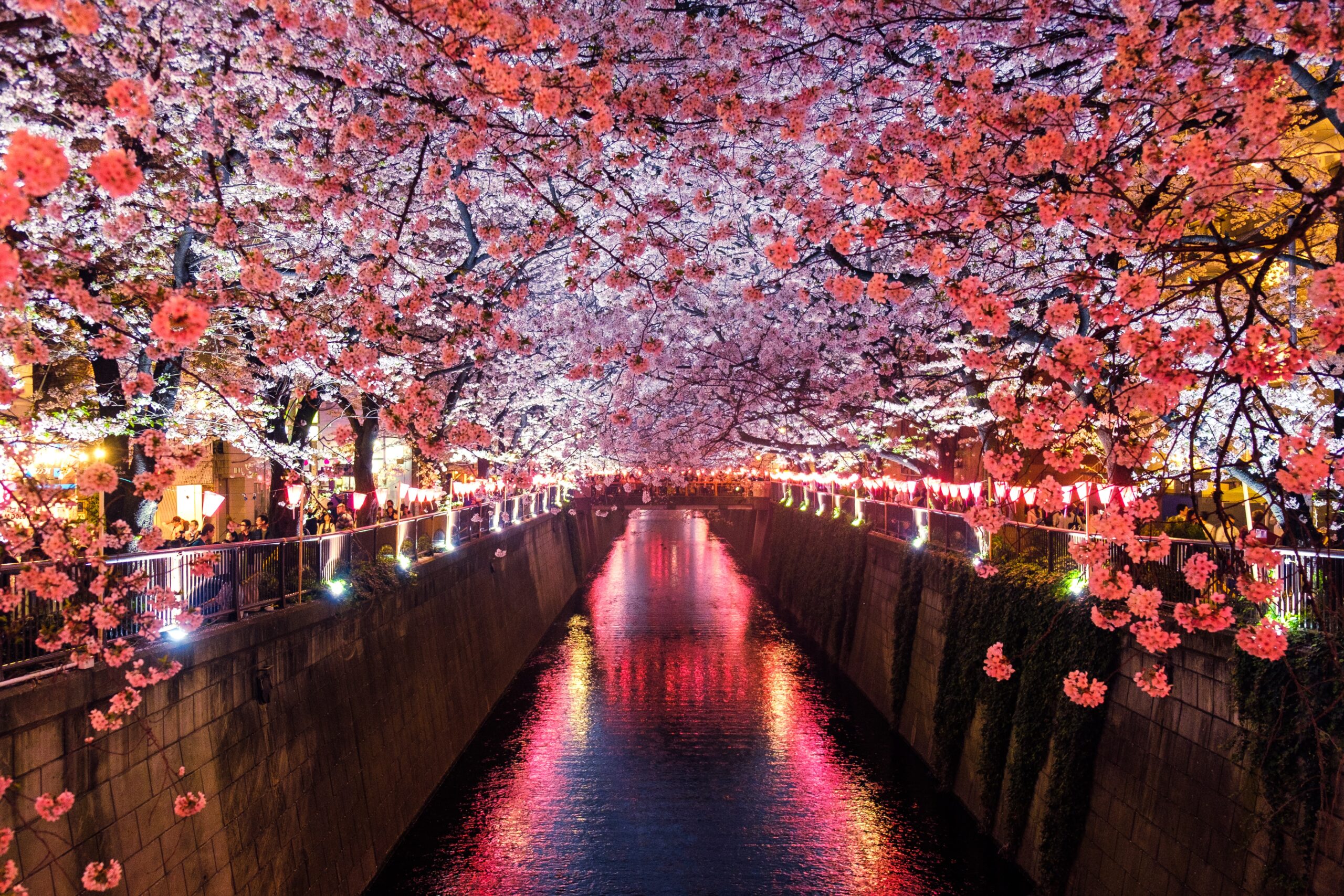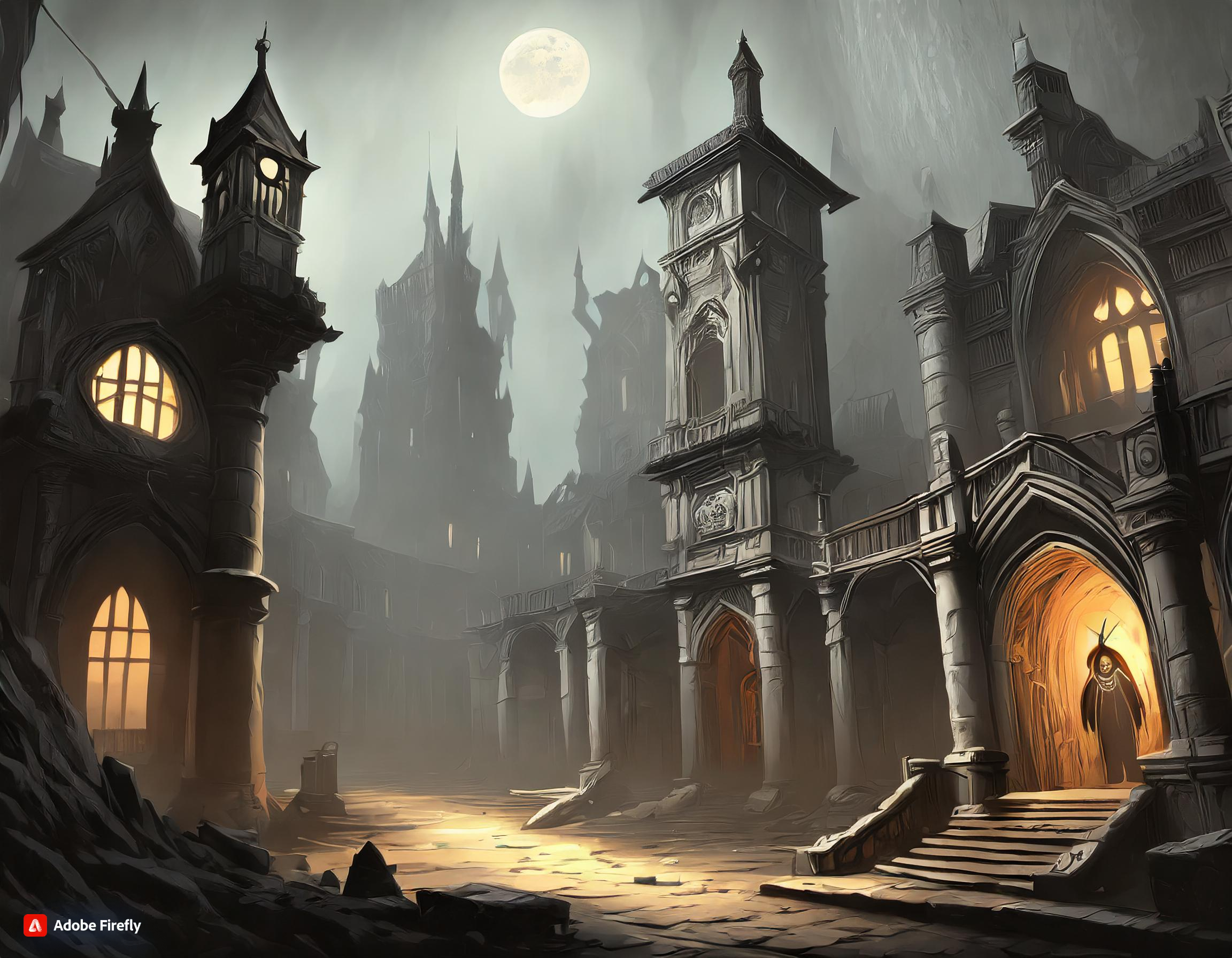Because nothing says adventure like hiking up an active mountain that could technically explode
Let’s get something straight — climbing a volcano isn’t your typical Sunday stroll. It’s challenging, thrilling, and just the right amount of terrifying. But for those who crave something a little more extreme than your average hike, there’s nothing like standing on the rim of a volcano, peering into the Earth’s fiery belly.
From lava-filled craters to steaming fumaroles, volcanoes remind us just how alive our planet really is. And yes — there are some you can actually climb (with proper guidance, of course). Some are active, some are dormant, but all of them are unforgettable.
Here are 10 incredible volcanoes you can climb — if you’ve got the legs, lungs, and guts for it.
1. Mount Fuji, Japan
Last eruption: 1707
Height: 3,776 m (12,389 ft)
Best time to climb: July to early September
Let’s start with a classic. Mount Fuji is not only Japan’s tallest peak but also one of its most iconic symbols. Despite being an active volcano, it’s one of the most climbed mountains in the world — drawing thousands of hikers every summer.
The trek isn’t overly technical, but it is long and can be tough due to the elevation. The reward? Watching the sunrise from the summit, a phenomenon called Goraiko. It’s pure magic.
2. Mount Bromo, Indonesia
Last eruption: 2016
Height: 2,329 m (7,641 ft)
Best time to climb: April to October
If you’re looking for cinematic drama, Mount Bromo in East Java delivers. The climb itself isn’t particularly difficult — you can even ride a horse partway — but the landscape is surreal. You’ll walk across a “Sea of Sand,” pass through sulfur clouds, and climb a stairway to the smoking crater.
You won’t need technical gear, just a strong stomach and a love for volcanic fumes.
3. Mount Etna, Italy
Last eruption: Ongoing activity
Height: 3,329 m (10,922 ft)
Best time to climb: May to September
Mount Etna is one of the most active volcanoes in the world — and yet, people hike it all the time. Located in Sicily, Etna offers multiple trekking routes. Some reach the summit, others explore lava tubes, old craters, and hardened lava flows.
It’s a mix of lava drama and Mediterranean beauty, and the thrill of knowing the Earth beneath your feet could roar to life at any moment.
4. Mount Kilimanjaro, Tanzania
Last eruption: Dormant
Height: 5,895 m (19,341 ft)
Best time to climb: January–March & June–October
Yes, Kilimanjaro is a volcano — a massive stratovolcano with three cones. It hasn’t erupted in thousands of years, but it’s still geologically active. Climbing Kilimanjaro is no small feat — it’s the tallest free-standing mountain in the world.
What’s unique is that you’ll go through five climate zones on the way up, from rainforest to arctic. It’s a test of endurance, not technical skill — no ropes, no crampons, just determination and altitude training.
5. Mount Yasur, Vanuatu
Last eruption: Constant minor activity
Height: 361 m (1,184 ft)
Best time to climb: April to October
This is the most accessible active volcano in the world, and yes, it’s just as wild as it sounds. Located on Tanna Island in Vanuatu, Mount Yasur has been erupting for hundreds of years.
The climb is short, steep, and totally doable. And when you reach the rim? Expect thunderous booms, flying lava bombs, and glowing red eruptions. It’s like watching a fireworks show designed by nature — if fireworks could melt your face off.
6. Pacaya, Guatemala
Last eruption: 2021
Height: 2,552 m (8,373 ft)
Best time to climb: November to April
Pacaya is one of Central America’s most active volcanoes — and one of the most fun to climb. The trail winds through lush forest, hardened lava fields, and volcanic ash. And if you’re lucky, you’ll see molten lava oozing down the slopes (from a safe distance, of course).
Pro tip: bring marshmallows. Some tours let you roast them over warm lava rocks. Yes, it’s as awesome as it sounds.
7. Mount St. Helens, USA
Last eruption: 2008 (minor), major in 1980
Height: 2,550 m (8,366 ft)
Best time to climb: Late spring to early fall
Mount St. Helens made global headlines in 1980 with one of the most explosive eruptions in U.S. history. Today, it’s a surreal, eerie place to climb — with ash fields, lava domes, and stunning crater views.
The south route is non-technical, but it’s still a tough ascent. You’ll climb over pumice, boulders, and scree. Standing at the rim of the blast zone, overlooking the gaping crater, is something you won’t forget.
8. Mount Ruapehu, New Zealand
Last eruption: 2007
Height: 2,797 m (9,177 ft)
Best time to climb: Summer (December–April)
Mount Ruapehu is New Zealand’s most active volcano and the highest peak on the North Island. It’s also famous for being Mount Doom in the Lord of the Rings movies, which makes the climb even more epic.
The trek leads to a crater lake at the summit, often steaming or frozen. It’s a volcanic adventure set in one of the most scenic countries in the world.
9. Mount Ngauruhoe, New Zealand
Last eruption: 1977
Height: 2,291 m (7,516 ft)
Best time to climb: November to May
Nicknamed the “perfect cone”, Mount Ngauruhoe is another Lord of the Rings star — also standing in as Mount Doom. Though it’s technically a side vent of Mount Tongariro, it’s a volcano in its own right.
The climb is steep, entirely on loose scree, and requires stamina. But the dramatic views, Mars-like landscape, and cinematic bragging rights make it all worth it.
10. Mount Teide, Spain (Canary Islands)
Last eruption: 1909
Height: 3,718 m (12,198 ft)
Best time to climb: March to November
Located on Tenerife in the Canary Islands, Mount Teide is Spain’s highest peak — and yes, a volcano. The landscape is otherworldly, like walking on the moon. It’s a UNESCO World Heritage Site and a dream for geography lovers.
You can hike to the summit (permit required) or take a cable car partway up. The crater views and volcanic terrain will make you feel like an explorer on an alien planet.
Final Thoughts:
Climbing a volcano isn’t just a physical challenge — it’s a geographic adventure, a science lesson, and a personal milestone all rolled into one. These fire-breathing giants remind us that the Earth is alive, constantly evolving beneath our feet.
So if you’re up for a little danger, a lot of sweat, and unforgettable views, pick your volcano, lace up your boots, and go. Just don’t forget to check the activity level first — and maybe bring a marshmallow or two.

